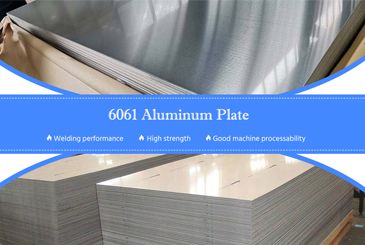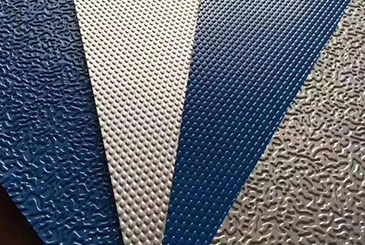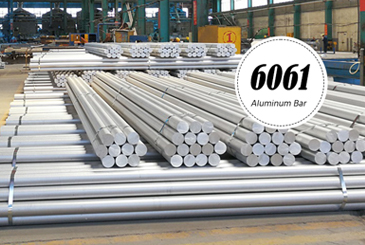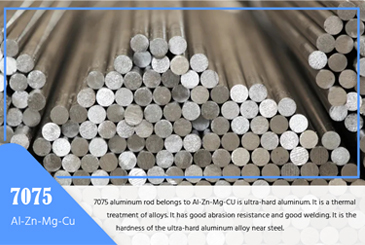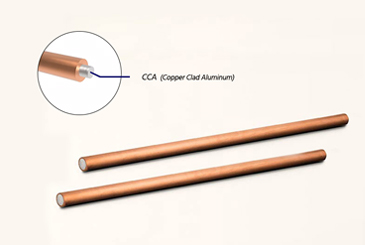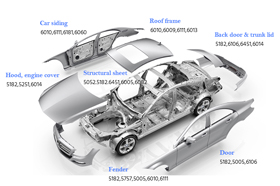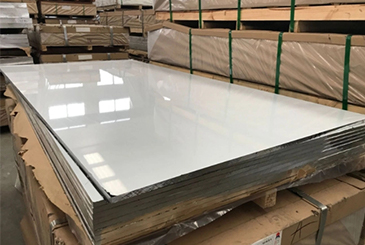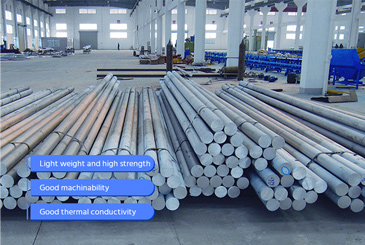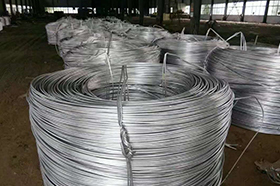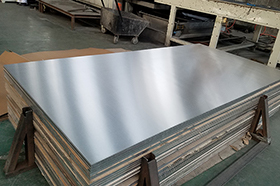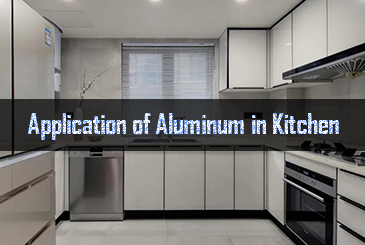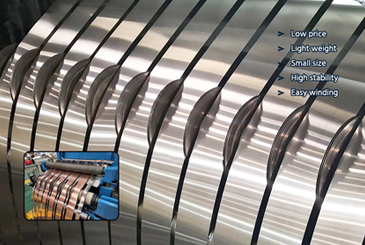The introduction of carbon-coated aluminum foil not only effectively protects the aluminum foil, slowing down corrosion, but also enhances the bond between electrode materials and the current collector. In the field of lithium-ion batteries, carbon-coated aluminum foil is favored for its ability to reduce interface contact resistance, alleviate internal battery polarization, improve discharge rates, and contribute to enhanced battery performance and lifespan.
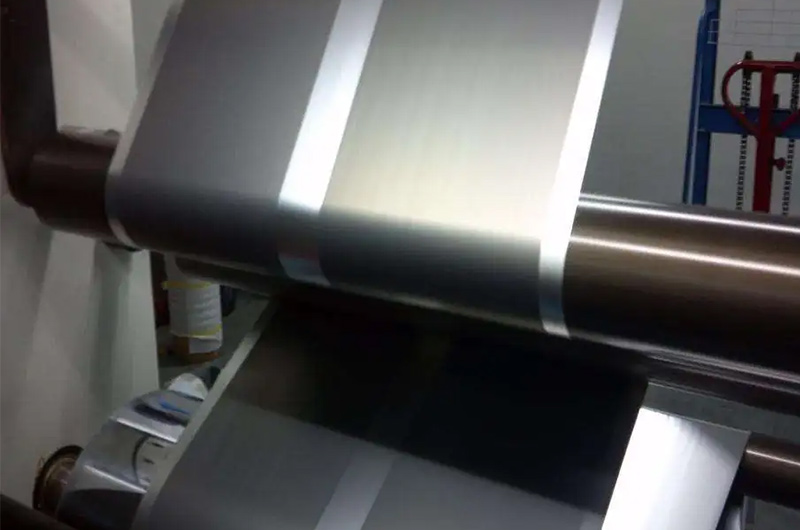
Specifications of carbon coated aluminum foil
| Aluminum Foil Substrate | 1060, 1070, 1080, 1100, 1235t, 1235t3 |
| Aluminum Foil Substrate Thickness | 16µm |
| Coating | Carbon Black, Graphite Flakes, Graphene |
| Coating Thickness | 1 Μm On One Side/2*1 Μm On Both Sides |
| Total Thickness | 18µm |
| Aluminum Foil Width | 260mm |
| Coating Width | 230mm |
| Coating Type | Aqueous Solvent |
| Coated Surface | One Side Or Both Sides |
| Density | 0.5-2.0g/M2 |
| Surface Conductivity | <30ω/25µm2 |
| Length | 80-90m |
| Weight | 1kg/Roll |
Properties of carbon coated aluminum foil substrate
| Alloy | 1235 T | 1235 T3 | 1100 | 1060 |
| Tensile Strength Mpa | ≥200 | ≥240 | ≥240 | ≥200 |
| Elongation % | ≥2.0 | ≥2.5 | ≥3.0 | ≥3.0 |
| Surface Tension Mn/M | ≥31 | ≥31 | ≥31 | ≥31 |
| Thickness And Deviation Μm | 9-25;±4% | |||
| Width And Deviation Mm | 200-1400;±1 | |||
| Pinholes/M2 | Diameter 0.1-0.3mm; <3 | |||
| Plate Shape | With a flat sheet | |||
| Surface Quality | No oil, no roller marks, no oxidation, no foreign matter pressed in and other defects that affect use | |||
| End Surface Quality | No staggered layers, tower type, burrs ≤50µm, gaps ≤50µm | |||
| Weight Per Roll Kg | 50-500kg | |||
| Roll Diameter Mm | 76.2±1/152±1 | |||
| Environmental Requirements | Comply with ROHS standards | |||
Mechanical properties of carbon coated aluminum foil substrate
| Alloy | Temper | Thickness/mm | Room temperature tensile testing results | ||||
| Tensile strength (Rm) MPa | elongation after break (A100) % | elongation after break (A50) % | |||||
| Single side light aluminum foil | Double side light aluminum foil | Single side light aluminum foil | Double side light aluminum foil | ||||
| 1050 | H18 | >0.013-0.015 | - | - | - | - | - |
| 1050 | H18 | >0.015-0.020 | ≥185 | ≥2.0 | - | - | - |
| 1050/1060 | H18 | ≤0.010 | - | - | - | - | - |
| 1050/1060 | H18 | ≤0.010 | - | - | - | - | - |
| 1050/1060 | H18 | >0.010-0.013 | ≥190 | - | ≥2.5 | - | ≥3.0 |
| 1050/1060 | H18 | >0.013-0.015 | - | - | - | - | - |
| 1070 | H18 | ≤0.010 | ≥185 | - | ≥2.0 | - | - |
| 1070 | H18 | >0.010-0.013 | - | - | - | - | - |
| 1070 | H18 | >0.013-0.015 | ≥180 | - | - | - | - |
| 1070 | H18 | >0.015-0.020 | ≥175 | - | - | - | - |
| 1100 | H18 | ≤0.010 | ≥230 | ≥1.0 | ≥2.0 | - | ≥3.0 |
| 1100 | H18 | >0.010-0.013 | - | - | - | - | - |
| 1100 | H18 | >0.013-0.015 | ≥220 | - | - | - | - |
| 1100 | H18 | >0.015-0.020 | - | - | ≥2.0 | - | - |
| 1235 | H18 | ≤0.010 | - | - | - | - | - |
| 1235 | H18 | >0.010-0.013 | ≥180 | - | - | ≥2.0 | - |
| 1235 | H18 | >0.013-0.015 | ≥185 | - | - | - | - |
| 1235 | H18 | >0.015-0.020 | ≥175 | - | - | - | - |
Coating properties of carbon coated aluminum foil
| Aluminum Foil Types | Peel strength(N/cm) | Rs(Ω) | Rct(Ω) |
| Aluminum Foil | 4.9 | 4.37 | 156.2 |
| Carbon Black Coated Aluminum Foil | 6.5 | 2.96 | 121.4 |
| Graphite Coated Aluminum Foil | 14.5 | 2.66 | 90.3 |
| Name | Coating Material | Coating Thickness/Μm | Areal Density | Lifepo4 Peel Strength/(Mn·Mm-1) | Internal Resistance/Mω |
| Aluminum Foil | - | - | /(G·M-2) | 290 | 2.5-4.1 |
| Carbon Coated Aluminum Foil | Carbon Black, Graphene | 1.5-3.0 | - | 315 | 1.1 |
| Carbon Coated Aluminum Foil | Carbon Black, Graphene | 1.7-2.6 | 0.9 | 313 | 1.4 |
| Carbon Coated Aluminum Foil | Carbon Black, Graphene | 1.6-2.5 | 1.1 | 316 | 1.3 |
| Carbon Coated Aluminum Foil | Carbon Black, Graphene | 1.5-2.5 | 1.3 | 311 | 1.5 |
Advantages of carbon coated aluminum foil
The advantages of carbon-coated aluminum foil include enhancing battery energy density, suppressing battery polarization, reducing internal resistance, and increasing battery cycle life. Currently, it is particularly prominent in the field of lithium iron phosphate batteries. With the increasing demand for battery energy density, the market for carbon-coated aluminum foil continues to grow and has been widely applied in most power lithium batteries.
- Suppression of Battery Polarization and Improved Rate Performance: Carbon-coated aluminum foil effectively reduces battery polarization, lowers heat effects, and enhances the rate performance of the battery.
- Reduction of Internal Resistance: By minimizing the dynamic internal resistance amplification during the cycling process, carbon-coated aluminum foil decreases the internal resistance of the battery.
- Prolonged Cycle Life: Carbon-coated aluminum foil contributes to improved battery consistency, extending the cycle life of the battery.
- Increased Adhesion: Enhanced adhesion between active materials and the current collector reduces the manufacturing cost of electrode sheets and diminishes the amount of binder used.
- Protection Against Corrosion of the Current Collector: Carbon-coated aluminum foil efficiently prevents the corrosion of the current collector in the electrolyte, thereby extending the battery's lifespan.
- Improved Material Processing Performance: For materials like lithium iron phosphate and lithium titanate, carbon-coated aluminum foil helps improve their processing performance.
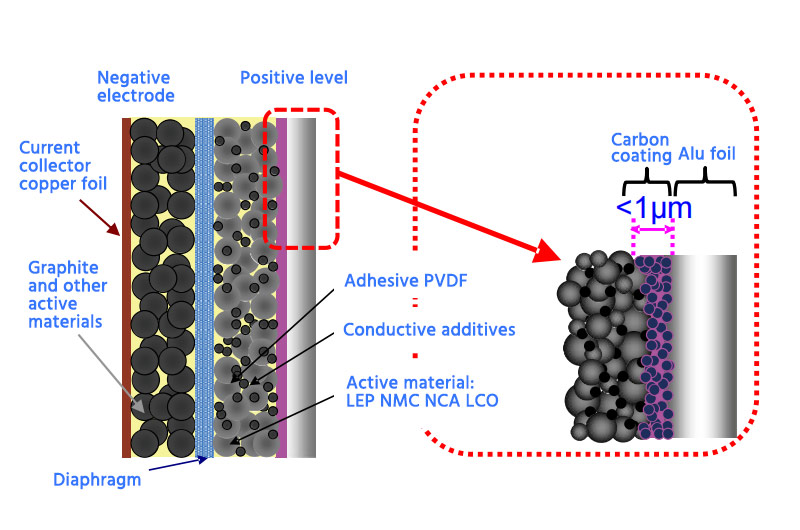
Production process of carbon coated aluminum foil
Carbon-coated aluminum foil is a material used for the positive electrode current collector in lithium-ion batteries after adding a carbon coating layer to the surface of aluminum foil. The carbon coating mainly includes carbon black, graphite flakes, graphene, etc. After preparing a slurry by mixing carbon materials with certain binders, solvents, and additives, it is coated on the surface of aluminum foil. After drying, it forms a dense carbon coating layer.
The high resistivity of lithium iron phosphate material results in a small contact area between the particulate lithium iron phosphate and the aluminum foil, leading to high interface resistance. When a current flows, the interface polarization of the material is high, causing a large internal resistance in the battery and poor high-rate performance.
In contrast, a conductive carbon coating can provide static conductivity, significantly reducing the contact resistance between the positive/negative electrode materials and the current collector. It also improves the adhesion between them, reduces the use of binders, and thereby enhances the overall performance of the battery.
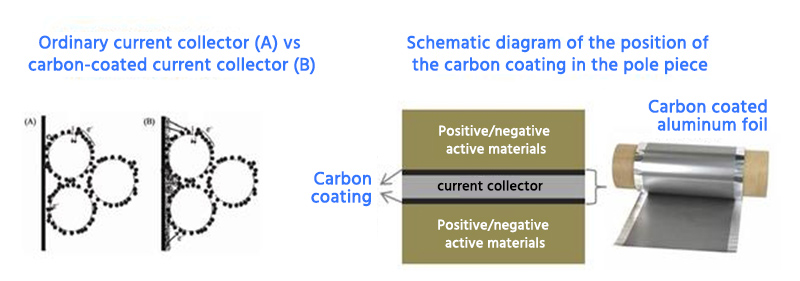
Why choose Chalco's carbon-coated aluminum foil?
- Ultra-thin Coating Technology: Utilizing ultra-thin coating technology to ensure high performance while controlling coating thickness between 0.3µm to 2µm.
- High Thermal Conductivity: Uniformly applying nanocarbon materials to enhance thermal conduction, converting it into infrared RF to boost heat dissipation efficiency.
- Strong Stability: Possessing extremely high chemical stability, resistant to NMP, ensuring battery safety performance.
- Good Nocturnal Stability: Protecting the current collector from electrolyte corrosion, with excellent wetting properties.
- High Coating Adhesion: Enhancing energy density, durable over time, with no foil exposure after 200 wipes.
- Excellent Barrier Performance: Uniform coating to prevent corrosion and oxidation of the current collector, extending battery lifespan.
- Quality Assurance: Vertical integration strategy and a quality control system monitor each production step.
- Diverse Customization Support: Available for continuous/interrupted, single/double-sided coating, providing differentiated customization to meet various needs.
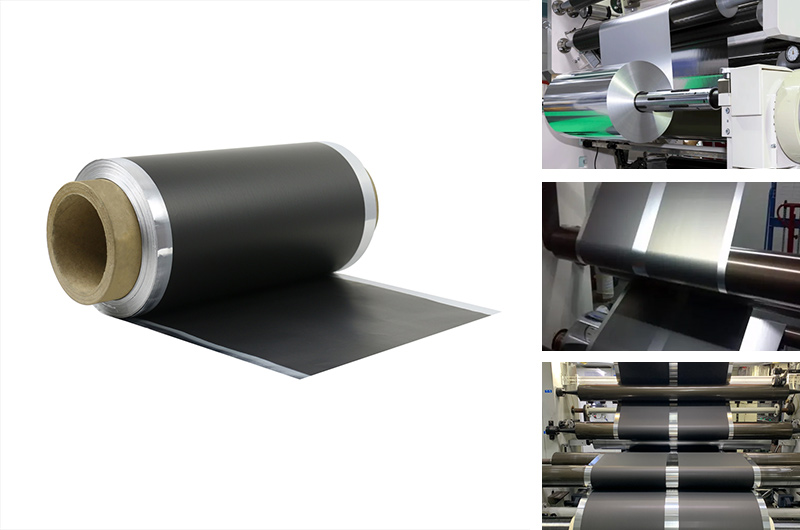
Common Questions When Purchasing Carbon-Coated Aluminum Foil
Question: What is the main issue related to surface resistance when it comes to carbon-coated aluminum foil?
Answer: The use of a significant amount of binders in the conductive coating may lead to higher surface resistance of carbon-coated aluminum foil.
Question: What aspects of the slurry should be considered when buying carbon-coated aluminum foil?
Answer: Water-based coatings have strict requirements for the particle size of carbon materials, and aggregation issues may affect the resistance and adhesion performance of the coating.
Question: What challenges may be encountered in the production process of carbon-coated aluminum foil?
Answer: Challenges in the processing of water-based slurries include issues such as bubbles, shrinkage holes, and sagging, which may constrain the production process of carbon-coated aluminum foil.


